03 March 2007
By Aymen Ibrahem
Senior Astronomy Specialist
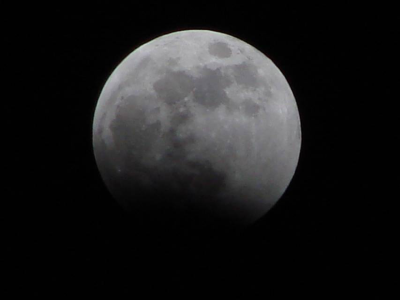
Fig (1)
Partial Eclipse Begins
Date: 3 March 2007 23:34
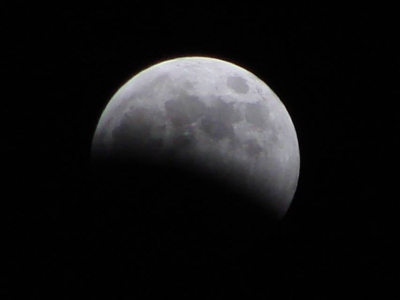
Fig (2)
Plunging into Earth's Shadow
Date: 3 March 2007 23:56
The Moon was flying in Earth's shadow at nearly 3,500 km/h.

Fig (3)
Date: 4 March 2007 00:02

Fig (4)
Date: 4 March 2007 00:20
The picture was taken 24 minutes before totality

Fig (5)
Totality
Date: 4 March 2007 01:14
Totality lasted 73 minutes. In total eclipses of the Sun, however, the maximum duration of the totality phase is only 7 minutes. The image was taken during greatest eclipse.
Unlike total solar eclipses, the Moon does not completely disappear during totality. It was still glowing due to sunlight passing through our atmosphere.
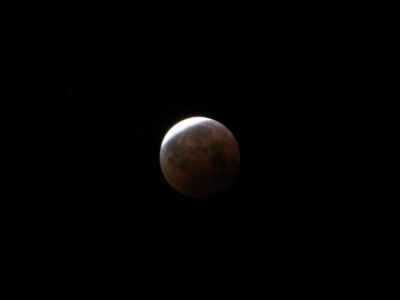
Fig (6)
Out of Earth's Shadow
Date: 4 March 2007 02:04
Moon glides out of Earth's shadow. Through, and around totality, the eclipsed part of the Moon shines in various hues of red, yellow, orange, grey and white, due to sunlight filtered by Earth's atmosphere.
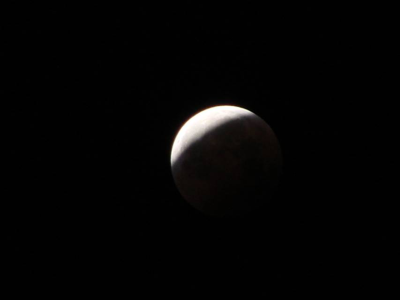
Fig (7)
Moon Shines Back
Date: 4 March 3007 02:11
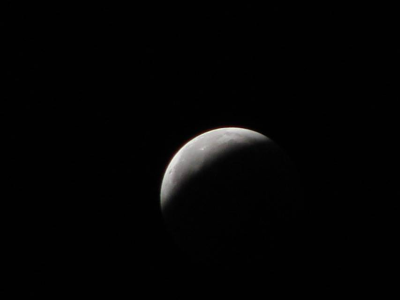
Fig (8)
Growing Moon
Date: 4 March 3007 02:14
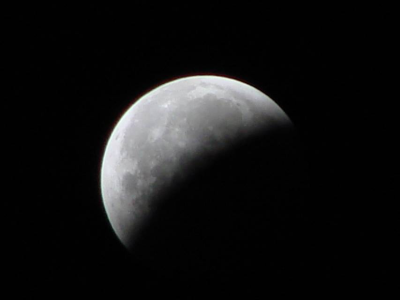
Fig (9)
Date: 4 March 2007 02:31
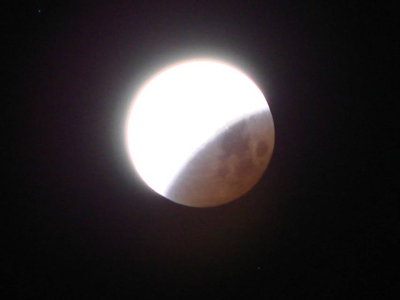
Fig (10)
Crown of the Moon
Date: 4 March 2007 2:38
This long exposure image shows the Moon corona (corona is Latin for crown) that appeared during the eclipse. Unlike the solar corona, the outer atmosphere of the Sun, the Moon corona was due to thin fog in Earth's atmosphere.
The following link shows my pictures of the solar corona, taken during the 29 March 2006 total solar eclipse. It was published by the British Astronomical Association (BAA).
Totality Montage
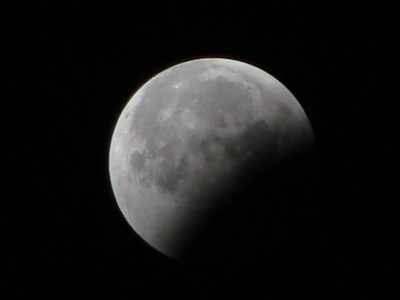
Fig (11)
Date: 4 March 2007 02:48

Fig (12)
Partial Eclipse Ends
Date: 4 March 2007 03:03
The image was taken 8 minutes before the end of the partial eclipse.

Fig (13)
Full Moon Returns
Date: 4 March 2007 03:43